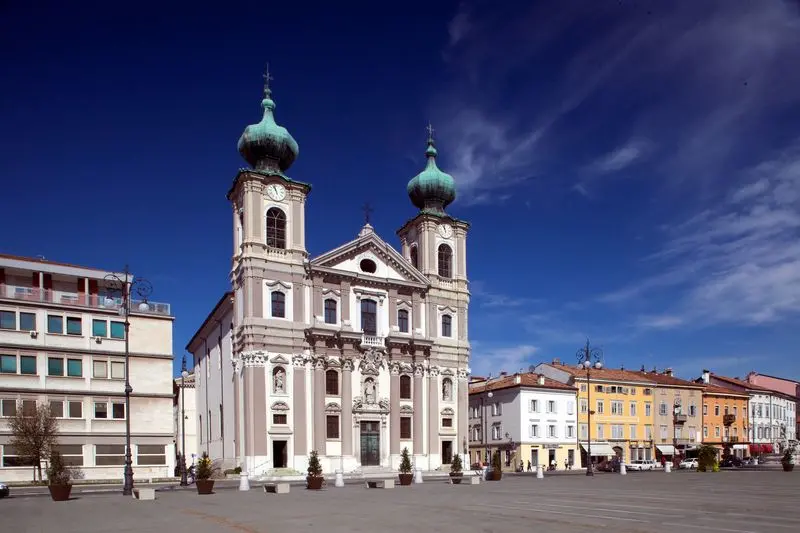

Gorizia, in the north-eastern corner of Italy, is emblematic of the turbulent history of 20th century Europe, with its Habsburg past living on in the city’s buildings and gardens.
Part of the Austro-Hungarian Empire before WWI, then annexed to Italy in 1918, the city experienced dramatic events on the eastern border of Italy during Fascism and WWII.
At the end of WWII, the city lost part of its suburbs to the then-Yugoslavia, divided up by the so-called "Gorizia wall" in piazza Transalpina which became one of the symbols of the political-ideological separation between Western and Eastern Europe that characterised the cold war.
The dividing line was removed with Slovenia's entry into the European Union in 2004 and today, in contrast to the past, the border is a uniting element. To celebrate the friendship and cooperation between Gorizia and Nova Gorica the two cities were chosen to be the 2025 European Capital of Culture together.
Located beside the Isonzo river, the city has many sights including the 11th century castle, now a museum of local history and culture, which stands in a panoramic position over the city and surrounding valley. The heart of the city is piazza della Vittoria, enclosed by historic buildings such as the Baroque Church of Sant'Ignazio and Palazzo Paternolli; via Rastello is a narrow, cobbled street in the historic centre lined with colourful houses and buildings from different historical eras. The Gothic-style city Cathedral was built in the 14th century and is dedicated to Saints Hilary and Tatian.
Friuli Venezia Giulia Film Commission
Piazza Duca degli Abruzzi 3 — 34132 Trieste
Phone: +39 040 3720142
Email: filmcommission@promoturismo.fvg.it